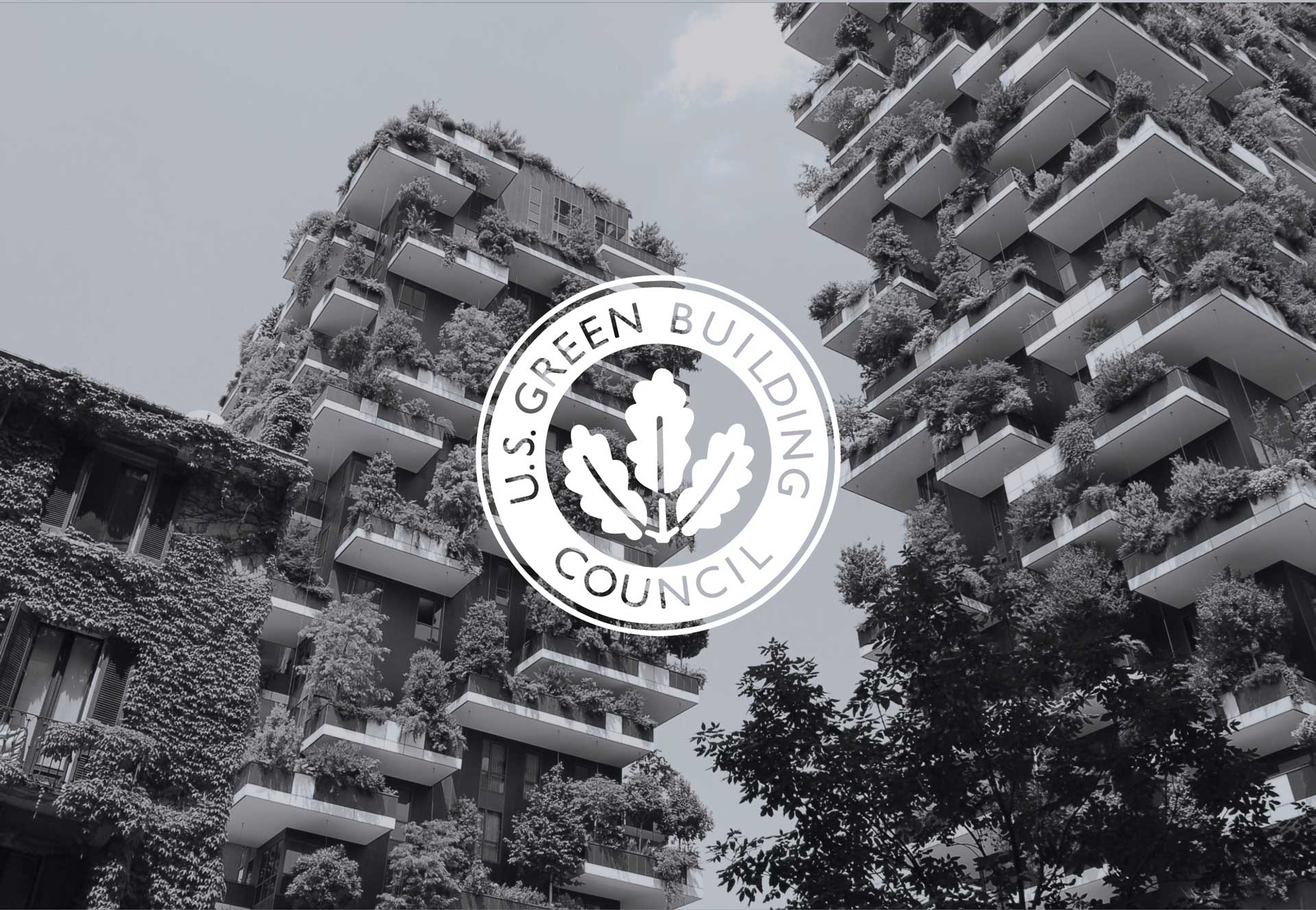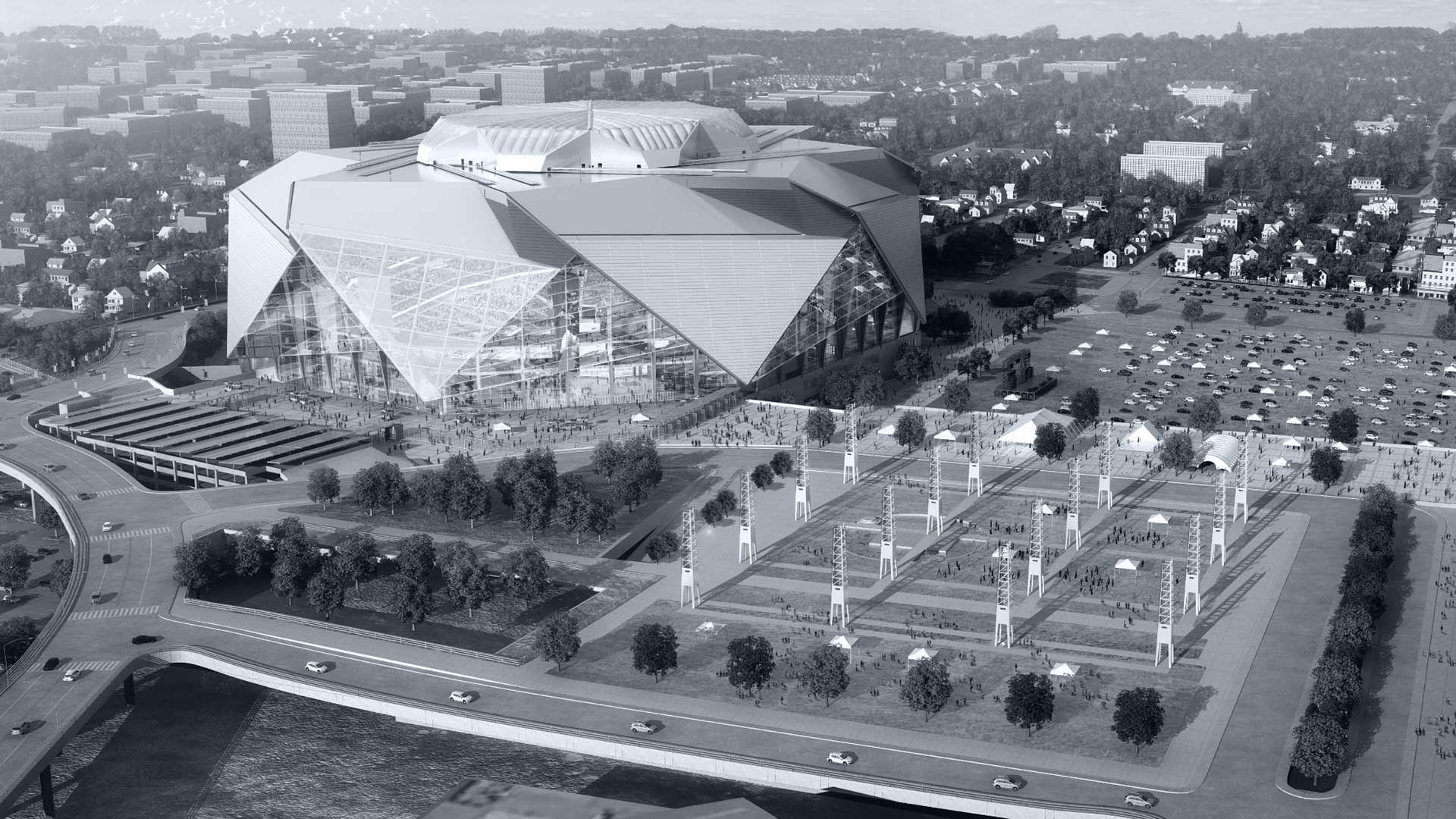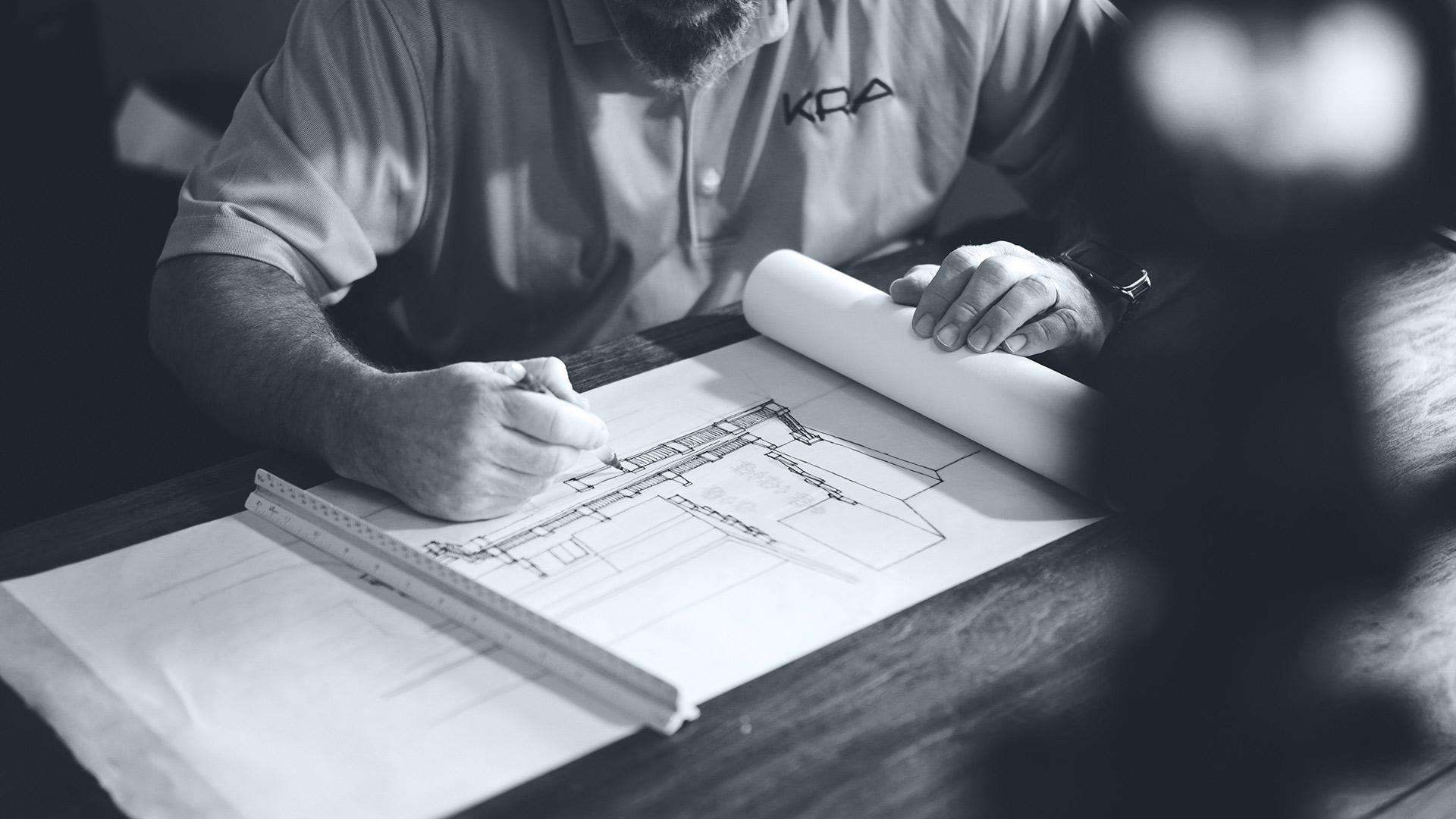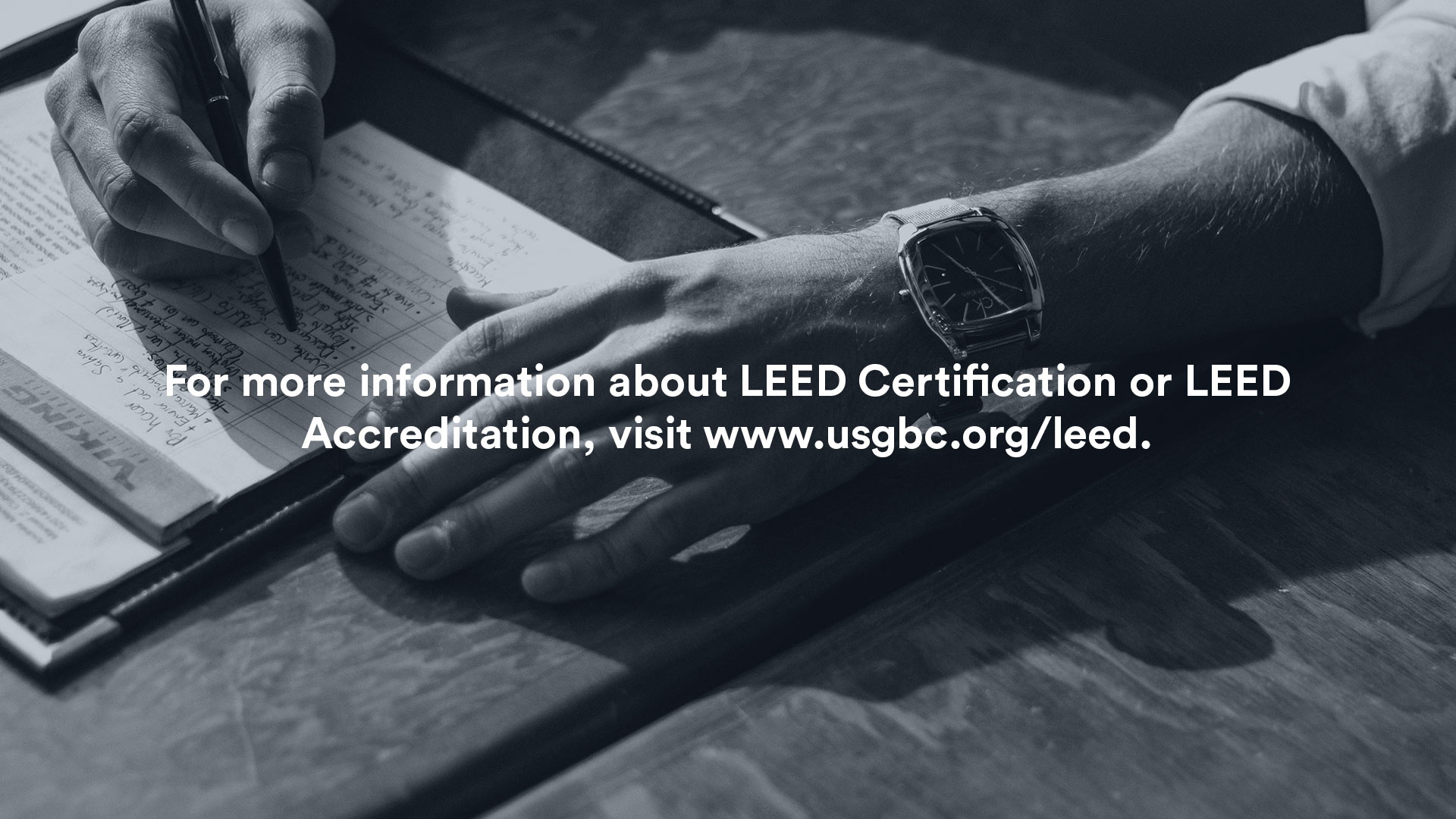
LEED
Contact dash@dashinspectorate.com or call whats app 00971508692438
https://www.dashinspectorate.com/certsub/green-building-rating-system
LEED
Certification fees
The certification fee is based on your project's rating system and size.
LEED certification provides independent, third-party verification that a building, home or community was designed and built using strategies aimed at achieving high performance in key areas of human and environmental health: location and transportation, sustainable site development, water savings, energy efficiency, materials selection and indoor environmental quality.There are a number of LEED® rating systems available to meet the needs of different building and project types. Each LEED rating system consists of prerequisites and credits. Prerequisites are required elements, or green building strategies that must be included in any LEED certified project. Credits are optional elements, or strategies that projects can elect to pursue to gain points toward LEED certification.
With four possible levels of certification (certified, silver, gold and platinum), LEED is flexible enough to accommodate a wide range of green building strategies that best fit the constraints and goals of particular projects.
Certification guides outline the process and necessary details for projects attempting LEED certification.
LEED certification involves five primary steps:
|
1
|
Determine which rating system you will use. Guidance is available for LEED v4 and earlier versions. Make sure to check out the Minimum Program Requirements (LEED v4 or earlier versions) to know if your project is eligible for LEED certification. |
|
2
|
Register your project. Registration provides projects with a declared intent to certify. After registration a project may be referred to as a LEED Candidate or LEED Certification Candidate and the project will be listed in the CaGBC's public Project Profile database (owners may choose to decline this profiling opportunity). View registration fees. LEED for Homes and Midrise projects must contact a Provider prior to registration; providers guide the project through the process of seeking certification and provide on-site inspections. Learn how you can promote your project |
|
3
|
Submit your certification application and pay a certification review fee. Fees differ with building type and square footage. Please be sure to submit no later than two years after substantial completion (if LEED v4) and before the sunset date for the rating system under which the project was registered. |
|
4
|
Await the application review. Generally, projects undergo two stages of review, with time for the project team to respond to questions raised between reviews. LEED for Homes and Midrise projects typically require one stage of review. |
|
5
|
Receive the certification decision, which you can either accept or appeal. An affirmative decision signifies that your building is now LEED certified. Learn how you can promote your project. |
What is LEED Certification?
In 1989, a forward-thinking, environmentally conscious architect from Kansas City unintentionally started an entire movement around sustainable architecture. That year, Bob Berkebile petitioned the American Institute of Architects (AIA) to study how architects could uphold the integrity of their profession, but still design environmentally responsible buildings that respect the planet — a bold move in 1989. The AIA’s Board of Directors initially frowned upon Berkebile’s proposal, but a small group of like-minded architects backed him up, taking over the AIA’s national convention that year, and unanimously passing the resolution “CPR: Critical Planet Rescue.”
The troupe formed a new committee — the AIA Committee on the Environment (COTE) — that would eventually collaborate with the Environmental Protection Agency (EPA) to create new, sustainable architectural design guidelines. A few years later, that committee would evolve into the U.S. Green Building Council (USGBC), the leading organization that promotes sustainability in building design, construction, and operation. Within a few years, the USGBC would go on to develop Leadership in Energy and Environmental Design (LEED), the internationally known rating system and symbol for sustainable and environmentally sound buildings.

LEED certification for buildings.
Today, LEED is the most widely used and well recognized green building rating system around the world. LEED certification is now used for practically all building (commercial or residential) and project types – from new construction and interior fit-outs to sustainable operations and maintenance upgrades. It signifies a certification that “creates healthy, highly efficient, cost-saving green buildings,” improving environmental performance from carbon footprint to indoor environmental quality.
There is a LEED certification framework for nearly every project, with a rating system that is grouped into five categories:
- Building Design and Construction (BD+C)
- Interior Design and Construction
- Operations and Maintenance (O+M)
- Neighborhood Development
- Homes
WHAT ARE THE REQUIREMENTS?
Qualifying for the LEED certification can be a complex process, one that involves extremely detailed standards and guidelines that involve mathematical calculations and detailed documentation.
Here’s a quick, simple checklist for certification of buildings, which scores green building design and construction using a point system that is categorized in five areas:
- Sustainable sites
- Water efficiency
- Energy and atmosphere
- Materials and resources
- Indoor environmental quality
A private home has even more opportunity to become LEED certified through environmentally sustainable improvements under nine priority categories:
- Sustainable sites
- Water efficiency
- Energy and atmosphere
- Materials and resources
- Indoor environmental quality
- Locations and linkages
- Awareness and education
- Innovation and design
- Regional priority

What are the certification levels?
Buildings and homes are awarded up to 110 points, based on the level of sustainable strategies that are achieved – from basic sustainable design to a framework that consumes the least amount of energy possible. The more points achieved, the higher the level of LEED certification, which is comprised of four levels:
1. Determine your target LEED certification level.
The USGBC has a LEED rating tool to help you do this: www.usgbc.org/discoverleed
2. Choose the right LEED rating system, based on the 40/60 rule that the USGBC offers for guidance.
www.usgbc.org/leed-tools/rating-system-selection-guidance
3. Start a LEED project.
4. Remember that you’ll be required to pay a flat certification fee as well as a registration fee to begin your LEED certification.
These fees can range from $9000 onwards , and depend on the size of your project as well as your LEED certification goal.
5. Begin submitting data on credits that you achieve for your building or project.
6. Wait for review by the USGBC’s Green Building Certification Institute.
This process usually takes 20-25 business days.
How much does it cost?
Once you’ve paid your pre-certification and registration fees, there are certification fees that add up depending on whether you’re getting certified in Design, Construction or both. The current rate is between $0.0014-0.0057 per square foot.
Learn how to take the exam to get LEED accredited.
If you don’t have a building to certify, but you want to help others take their home or buildings to a new level of sustainability and environmental responsibility, you can. While homes and buildings are LEED certified, people can be individually LEED accredited —an achievement earned by taking a LEED exam to earn one of two different LEED accreditations. LEED accreditations are valid for two years. To maintain accreditation, LEED Green Associates must acquire 15 hours of continuing education every two years, and LEED APs with a specialty must acquire 30 hours. The USGBC celebrated its 25th anniversary two years ago, in 2018. With headquarters in Washington, D.C., 300 employees around the world and chapters in nearly every state and in 70 countries, it has become one of the most well-known and respected environmental sustainability organizations across the globe.
“An advanced professional credential signifying expertise in green building and a LEED rating system.”
–LEED AP WITH SPECIALTY
“A foundational professional credential signifying core competency in green building principles.”
–LEED GREEN ASSOCIATE
Contact dash@dashinspectorate.com or call whats app 00971508692438
Need help or have a question?


